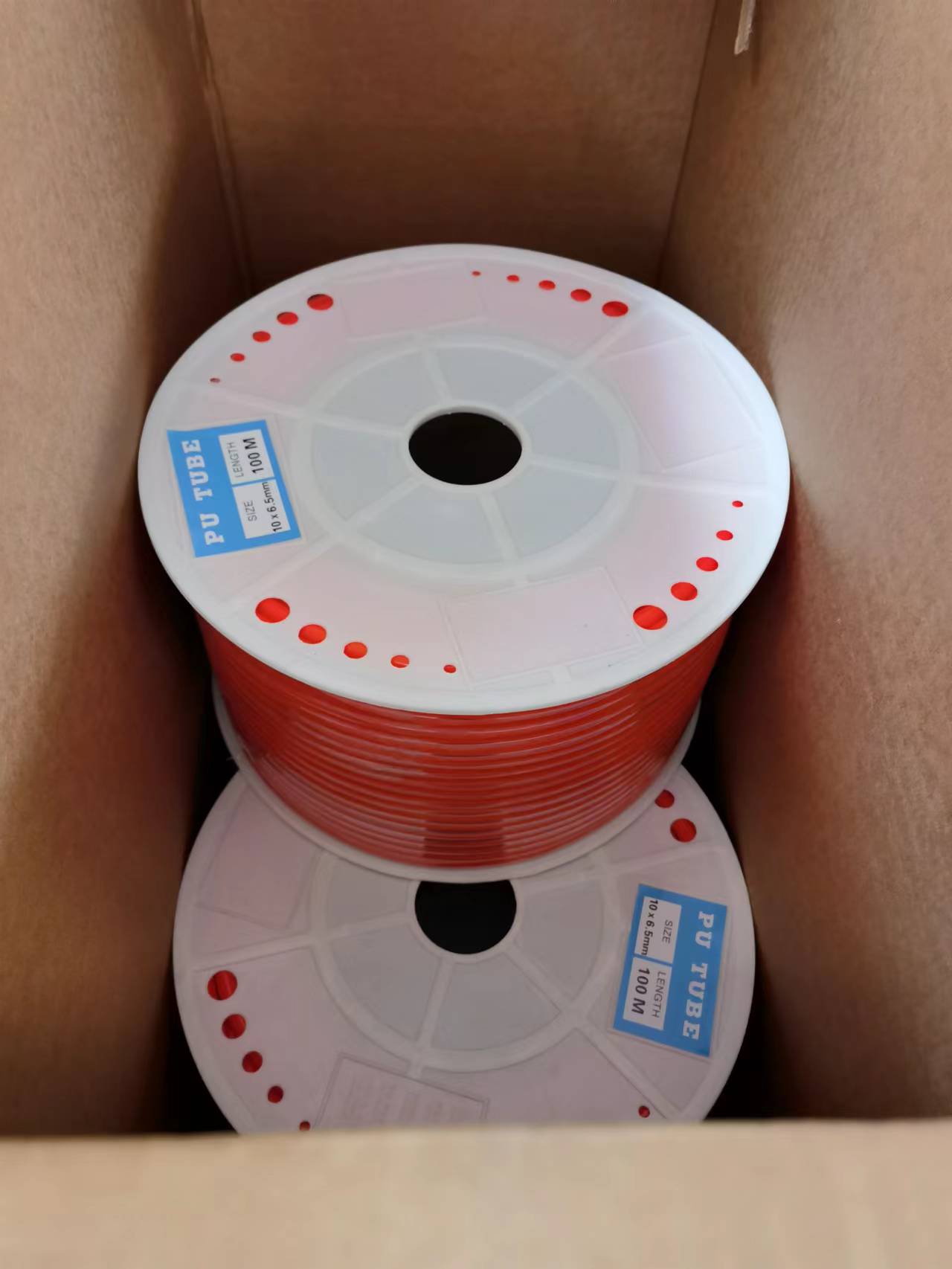pvc twin welding hose
Understanding PVC Twin Welding Hose Essential Features and Applications
PVC twin welding hoses are specialized tubes designed for the welding industry, vital for both safety and efficiency in welding operations. These hoses are engineered to transport gases such as oxygen and acetylene, the two primary components for various welding and cutting processes. Their design plays a critical role in reducing hazards and ensuring a seamless workflow in industrial environments.
Composition and Structure
The PVC (Polyvinyl Chloride) material used in these hoses offers several advantages. First and foremost, it is lightweight and flexible, which allows for easy maneuverability during welding tasks. The twin structure of the hose—composed of two separate tubes encased together—ensures that both gas types can be transported parallelly without intermingling. This design is essential for maintaining the integrity of the gases being used, which could otherwise react unfavorably if mixed.
The hoses are designed to withstand high pressures and provide durability against various environmental factors, including UV exposure and abrasive surroundings. Additionally, the outer layer is often reinforced with textiles or steel, providing extra protection against physical damage, pinching, and kinks during usage.
Key Features
1. Safety One of the main benefits of PVC twin welding hoses is the enhanced safety they offer. The design significantly reduces the risk of gas leaks, which can lead to dangerous situations such as fires or explosions. The distinctive colors and markings on the hoses help in quick identification, further contributing to a safer work environment.
2. Flexibility The flexibility of PVC allows for easy deployment in various work settings. Whether it's a workshop, construction site, or outdoor environment, these hoses can bend and twist without compromising functionality. This adaptability is crucial for welders who often need to work in confined or awkward spaces.
pvc twin welding hose

3. Lightweight Compared to traditional rubber hoses, PVC twin welding hoses are considerably lighter, making them easier to transport and handle. This feature reduces fatigue for welders who may need to carry their equipment over long distances.
4. Cost-Effectiveness PVC materials are generally more affordable than rubber or other materials commonly used for welding hoses. This cost efficiency, combined with their durability, makes PVC twin welding hoses a popular choice in various industries.
Applications
PVC twin welding hoses are widely used in industries ranging from automotive repair to metal fabrication. Their primary application lies in oxy-acetylene welding, but they can also be employed for cutting and brazing processes. The ability to deliver two separate gases simultaneously makes these hoses invaluable in scenarios requiring quick adjustments and efficient operations.
In addition to their industrial applications, these hoses are increasingly used in DIY projects and home workshops. Hobbyists and weekend warriors appreciate their ease of use and flexibility, allowing for efficient tasks without the bulk and heaviness of traditional hoses.
Conclusion
In summary, PVC twin welding hoses are indispensable tools in the welding industry. Their unique structure, safety features, and versatility make them ideal for a variety of applications. Whether in a professional setting or at home, these hoses are designed to enhance both safety and efficiency, ensuring that welders can perform their tasks effectively while minimizing risk. As the industry evolves, the continued development of such materials will no doubt lead to even greater innovations in welding technology.
-
Top Quality Oxy Acetylene Hoses for Sale Fit for Welding DemandsNewsJul.28,2025
-
The Future of Pneumatic Air Tubes in IndustryNewsJul.28,2025
-
Superior and Reliable LPG Hose Pipe Solutions for Every NeedNewsJul.28,2025
-
Exceptionally Durable and Versatile Premium Braided PVC TubingNewsJul.28,2025
-
Best Adapters for Connecting Garden Hose to PVC Pipe ConnectionsNewsJul.28,2025
-
The Essential Role of LPG Hoses in Safe and Efficient Gas DistributionNewsJul.16,2025














